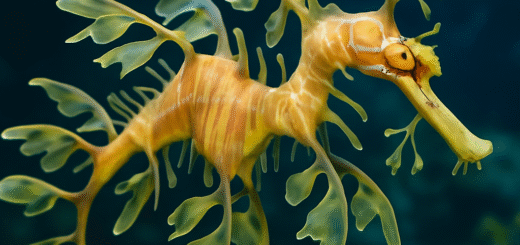How Dolphins Communicate: Nature’s Underwater Language
Dolphins are among the most intelligent animals on Earth, and their ability to communicate is nothing short of extraordinary. These highly social marine mammals use a complex system of sounds, body movements, and echolocation to share information, navigate the ocean, and build strong social bonds. But how exactly do dolphins communicate, and what makes their underwater language so unique?

Understanding Dolphin Communication
Unlike humans, dolphins live in a world where sound travels faster and farther through water than in air. This advantage has led dolphins to evolve a sophisticated form of acoustic communication that includes:
- Clicks
- Whistles
- Burst-pulsed sounds
Each of these sound types serves a different purpose and helps dolphins interact with one another in surprisingly advanced ways.
1. Clicks: The Sonar of the Sea
Clicks are short, pulse-like sounds that dolphins use primarily for echolocation, a biological sonar system. By producing a stream of clicks and listening to the returning echoes, dolphins can identify the location, shape, and even the internal structure of objects around them—whether it’s a fish, a rock, or another dolphin.
Echolocation also helps dolphins hunt in murky waters and coordinate group movements when visibility is low.
2. Whistles: The Dolphin’s Personal Signature
Whistles are frequency-modulated sounds that dolphins use for social communication. In fact, every dolphin is believed to have a signature whistle, much like a human name, that is unique to them. These signature whistles are used to identify and call out to one another, even over long distances.
Studies have shown that dolphins can remember these individual whistles for decades, indicating long-term memory and deep social connections.
3. Burst-Pulsed Sounds: Expressing Emotion and Hierarchy
Burst-pulsed sounds are rapid sequences of clicks and whistles used in situations of high excitement, tension, or aggression. These sounds help dolphins establish dominance, maintain group cohesion, and avoid physical conflict. For example, during feeding or mating, dolphins may use these sounds to signal intent or defend their position in the social hierarchy.
Body Language and Physical Signals
In addition to acoustic communication, dolphins rely heavily on body language. Common behaviors include:
- Leaping or tail-slapping the surface of the water
- Nuzzling, rubbing, or synchronized swimming
- Jaw clapping or bubble blowing
These physical cues often reinforce the messages conveyed through sound, adding another layer of meaning to their interactions.
Dolphin Communication vs. Human Language
While dolphin communication is incredibly advanced, scientists are still debating whether it qualifies as a true language. Human language has structure, grammar, and infinite expressiveness. Dolphin sounds, while rich and purposeful, have not yet been proven to follow such complex linguistic rules.
However, research is ongoing. Scientists have used underwater microphones (hydrophones) and AI-driven analysis to decode patterns and meanings in dolphin vocalizations, with promising results.
Why Dolphin Communication Matters
Understanding how dolphins communicate has broader implications:
- Conservation: By learning more about dolphin social behavior, researchers can better protect populations threatened by noise pollution, habitat loss, or fishing practices.
- Technology: Insights from dolphin echolocation have inspired advancements in sonar, underwater navigation, and even speech recognition.
- Cognition Studies: Studying dolphin communication helps scientists explore the limits of non-human intelligence and emotional depth.
Final Thoughts
Dolphins are not just playful performers or tourist attractions—they are complex, intelligent beings with their own language and culture. Their ability to communicate with precision and emotion makes them one of the most fascinating species in the ocean.
As we continue to study dolphin communication, we may find that the divide between human and animal intelligence is much narrower than once believed.








